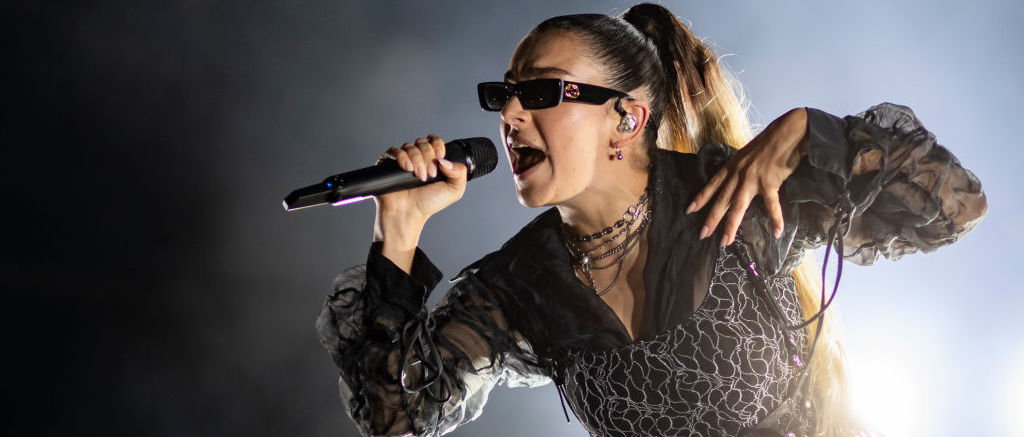When the Brooklyn Nets acquired James Harden, there was an expectation that their defense would suffer as they assembled one of the great offensive cores in the history of basketball, but we didn’t know exactly how low that defense would dip. There were some who were optimistic that they could hang around the middle of the pack, which, when coupled with an elite offense, would be enough to make them a legitimate contender.
However, what has happened in the nine games since Harden arrived has been a complete cratering of a league-average defense (108.9 DRtg pre-Harden trade) to among the league’s worst with a 118.0 defensive rating, trailing only the woeful Wizards (118.3) and Pelicans (118.1) in that span, per NBA.com/stats. The good news is they have the league’s best offense with a 120.5 offensive rating, as their three-headed monster is scoring at will as planned and only seems to have a brighter offensive future ahead as they get more time on the floor. Those reps will also be critical to the Nets figuring out the defensive end of the floor, but the growth they need to show on that end is even greater than most anticipated.
There are things Brooklyn can do in the immediate to help themselves, namely cutting down on turnovers as they average over 14 per game since acquiring Harden and half of those are live-ball turnovers, which allow teams to get out and run in transition against them. However, this is far more than teams running on the Nets, as they have significant deficiencies that need to be corrected in their set defense.
Sunday night’s loss to the Wizards, which Harden missed due to a thigh contusion, was the shining example of how dramatically poor Brooklyn is on that end of the floor right now. Washington won 149-146, scoring 48 in the fourth quarter of an unbelievable comeback, which Kyrie Irving summed up thusly afterwards.
There’s some small sample size noise to what’s going on, with some unbelievable individual efforts like Collin Sexton’s double OT eruption, but they have consistently allowed teams to pile up the points even as they’ve amassed a 6-3 record. The optimistic view is that it probably can’t get much worse than this, and they’re winning at a 67 percent clip. It makes for an exciting brand of basketball, as Nets games have become must-see TV because no lead is safe as both teams are capable of massive scoring runs, but for a team with championship aspirations, they need more than just incremental improvements. Brooklyn has to figure out how to consistently get stops rather than relying on their offense to bail them out again and again, and that’s going to be quite the tall order for Steve Nash and his coaching staff given their personnel.
It’s not just that Harden and Irving are not known for their defensive prowess, it’s that the Nets simply cannot deploy their best defenders with their star lineups. Take the closing lineup from Sunday, which had Bruce Brown — objectively one of Brooklyn’s best defenders — in place of Harden next to Irving, Kevin Durant, Joe Harris, and Jeff Green. They’ve shown a propensity for closing with that small-ball combination for its switching capabilities and that the way they can go five-out offensively can force the hand of the opposition to likewise go small. However, against Washington that allowed the Wizards to go small and created driving lanes for Bradley Beal and Russell Westbrook, who knew there wasn’t a shot-blocking threat at the rim.
On this play, Brown is, wisely, playing up on Beal to prevent the pull-up jumper, but Harris, who is on Russell Westbrook and doesn’t need to be out by the three-point line, is too high to create an effective wall to prevent a Beal drive, which allows him to split the perimeter defenders and cruise to the rim before any help from the corners can arrive — and the off-ball action with Mathews and Bertans occupies Durant and Irving on the weakside to prevent them from sinking. Without Jarrett Allen, they simply don’t have the versatility and athleticism in the frontcourt, as DeAndre Jordan is still a shot-blocking threat but can be a liability in pick-and-roll and condenses offensive spacing, while Jeff Green gives them switchability and spacing on offense, but not real rim protection.
On top of roster liabilities with their frontcourt rotation, it is jarring to see how often Nets opponents are able to create great looks off of their initial action. Take this third quarter set from the Wizards, where Moe Wagner runs a lazy dribble-handoff with Westbrook, then fakes a pindown for Bertans and flashes to the paint for an easy dunk past a late contest from the weakside corner.
Jeff Green is slow to react to the handoff action which sets in motion late communication with Timothe Luwawu-Cabarrot on the pindown switch. TLC is caught off guard by Wagner’s cut and by the time Landry Shamet arrives from the corner, Wagner’s already in the air for the dunk. It is a pattern you see over and over, no matter the combinations on the floor. Some of that will be fixed with more time together and learning how to communicate, of that there’s little doubt, but this is not an issue simply of communication. They have inherent flaws as a unit, namely their propensity for ball-watching, that makes it incredibly easy to manipulate them for good looks.
Take this play from their overtime win over the Hawks, in which a Trae Young baseline drive is enough to draw the eyes of everyone, and most importantly Kyrie Irving on the weakside, to get Kevin Huerter a wide open three in the corner.
Kevin Durant in this situation is playing the five, and is sitting in pretty good position between Clint Capela and the rim to make Young at least make a split-second decision on a layup or a lob should he go up to the rim. However, Irving digs all the way down to the paint to watch Young’s drive, not recognizing that Huerter has shuffled over from the break to the corner to be in Young’s line of sight. He’s not in position to do anything with Capela, either on a lob or to box him out should Young go up and Durant leave Capela to contest, and he’s no longer in position to get a real contest on a strong three-point marksman in Huerter.
The Nets have added Iman Shumpert and Norvel Pelle to their roster with an eye on bolstering their defensive depth, but the issue lies with how they get stops with their closing lineups, which will be hard to alter barring some major moves. Joe Harris’ shooting makes the Nets Big Three so lethal offensively that he figures to be a part of most every closing lineup, and then it’s a matter of whether Jeff Green or DeAndre Jordan are playing, pending who the opponent is. None of those are ideal groupings defensively, and unless they can find a significant defensive upgrade over Green or Jordan, who can replicate some of what they provide offensively — spacing with Green or vertical space with Jordan in the pick-and-roll and operating out of the dunker’s spot on the weakside — they’re likely going to roll with what they have.
Maybe there’s a trade out there to be had that can bring in a defensive talent (as a member of Nerlens Noel hive I think he could do wonders for them just with his activity and versatility) who could anchor the backline better than Jordan, as Pelle will bring them some welcome additional size but won’t cure all that ails them. Right now, the fact is they have two current plus defenders in their main rotation in Bruce Brown — who is tough to play with all three of Harden, Irving, and Durant — and KD, who by himself simply cannot fix everything around him.
Now, there are some signs that they’re starting to understand how to make those units, particularly with Green on the floor, work decently well, depending on the opponent’s philosophy. Against the Hawks, they got just enough stops thanks to a clever deployment that saw them switch Atlanta’s 1-5 screens, but rotated James Harden into the paint to pick up the center, where he’s a solid post defender, and had Kyrie Irving tag out to the corner. It is the first indication of the work that’s going on behind the scenes with Jacque Vaughn — who Nash described as the de facto defensive coordinator — in what is an unenviable job to make this defense work.
Brooklyn certainly has time to figure things out, and I would anticipate them to implement various strategies to try and figure out what can work and what won’t, because this is a team that has the level of talent to use the regular season as a training ground prior to the playoffs. We’ll probably see some more efforts at zone and different coverages for pick-and-rolls and post-ups, because what they’ve tried thus far, mostly, has been a disaster.
It’s because of this that the Nets are endlessly fascinating.
It isn’t a juggernaut, just rampaging through the Eastern Conference, but an insanely talented but flawed team trying to figure this out in real time. It’s what separates them, right now, from the other top teams in terms of drawing interest. The Lakers are quite clearly going through the motions and trying to get to the point where they can ramp things up for the playoffs. The Clippers are on a revenge tour that no one will really care about until the playoffs arrive, and the Bucks are in a similar realm, just with more hiccups thus far.
The Nets, however, have the shine of something new, but also the warts of a team still figuring out how it all works. It’s why six of their nine games with this new construction have been decided by single digits or in overtime. This is a team with a ceiling of a championship contender, but the capability of losing to seemingly anyone on any given night, which is a gift to fans of the NBA — and surely wildly frustrating to fans, specifically, of the Nets. It’s possible that none of this matters, and the offense can will them into becoming the exception to the rule that you can’t win a title with a bottom-10 defense.
It’s also possible that they put it together and cobble together a league-average defense and that’s enough to get the job done or at least out of the East, but how they figure it out or how close to the sun they fly on wings of wax is going to be the story of this NBA season.
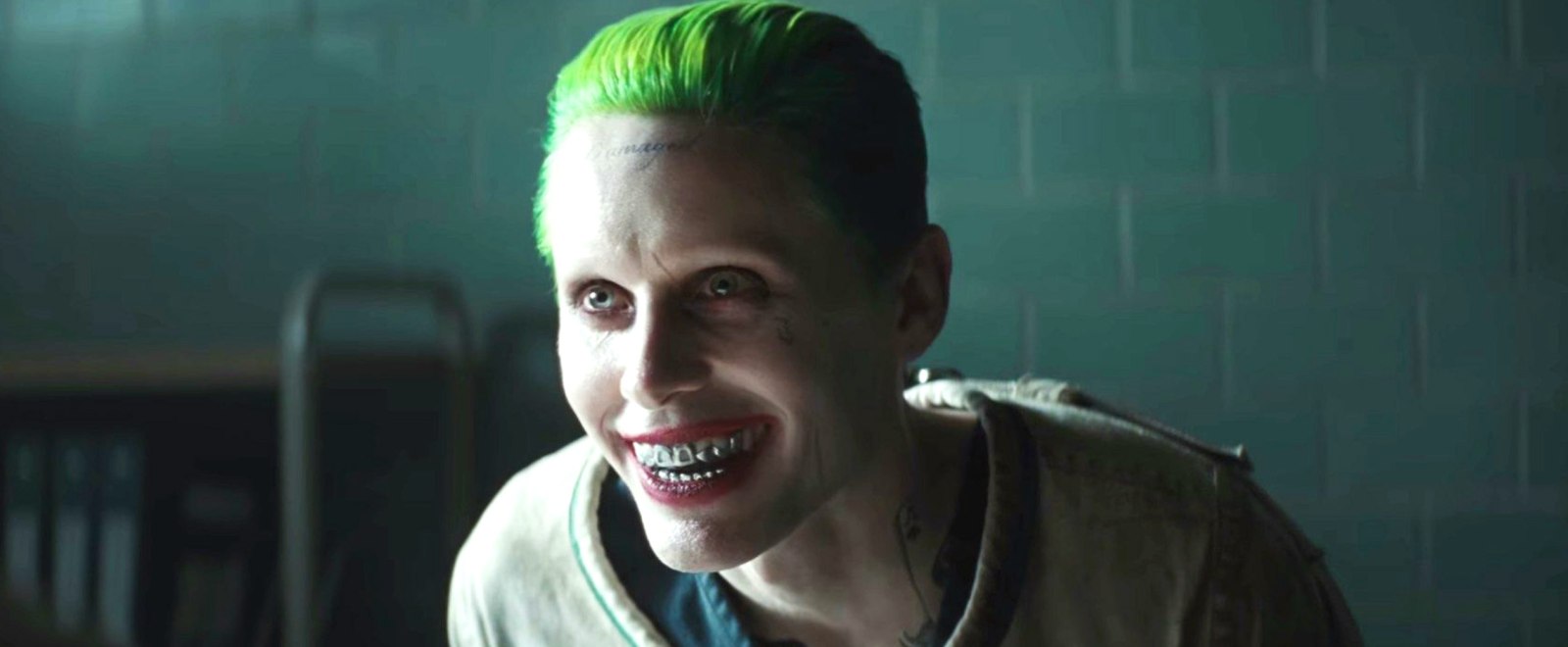
Same vibes.
(@ReeceM230) February 2, 2021





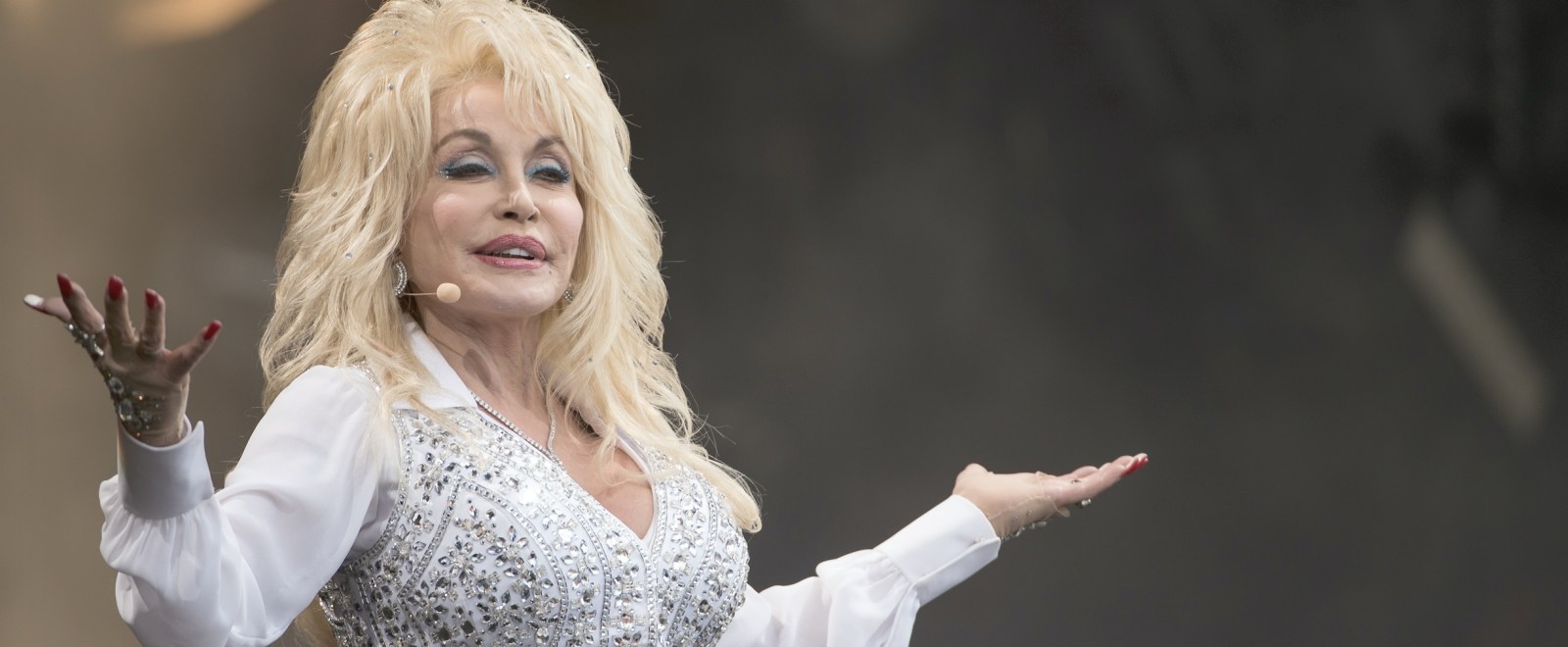





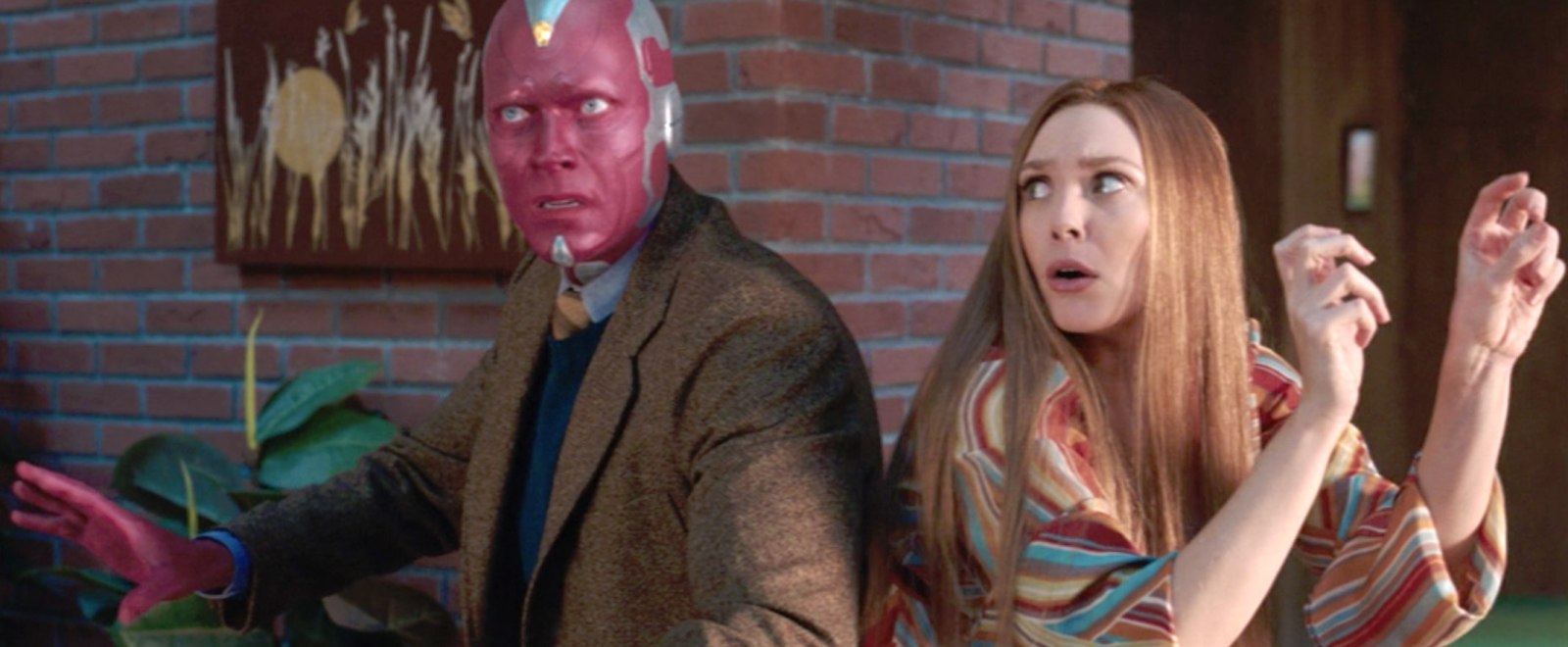
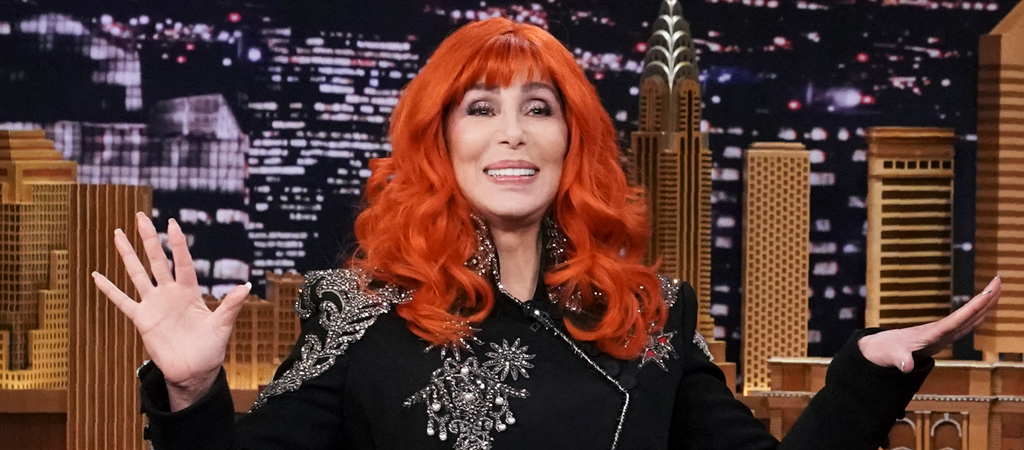
 pulled Tomm. It’s Been Killing me Off & On Since I Got Home,
pulled Tomm. It’s Been Killing me Off & On Since I Got Home,
 .
.  I’ll Put MY LIFE,& MY Family’s Lives In JOE’S Hands,Because I Know & TRUST Him.We Know JOE’S Compassionate,But He’s Tough as Boot Leather,With An
I’ll Put MY LIFE,& MY Family’s Lives In JOE’S Hands,Because I Know & TRUST Him.We Know JOE’S Compassionate,But He’s Tough as Boot Leather,With An Irish Temper
Irish Temper

 ’NS
’NS ’S OF THOUSANDS OF
’S OF THOUSANDS OF THEY’LL MAKE
THEY’LL MAKE

